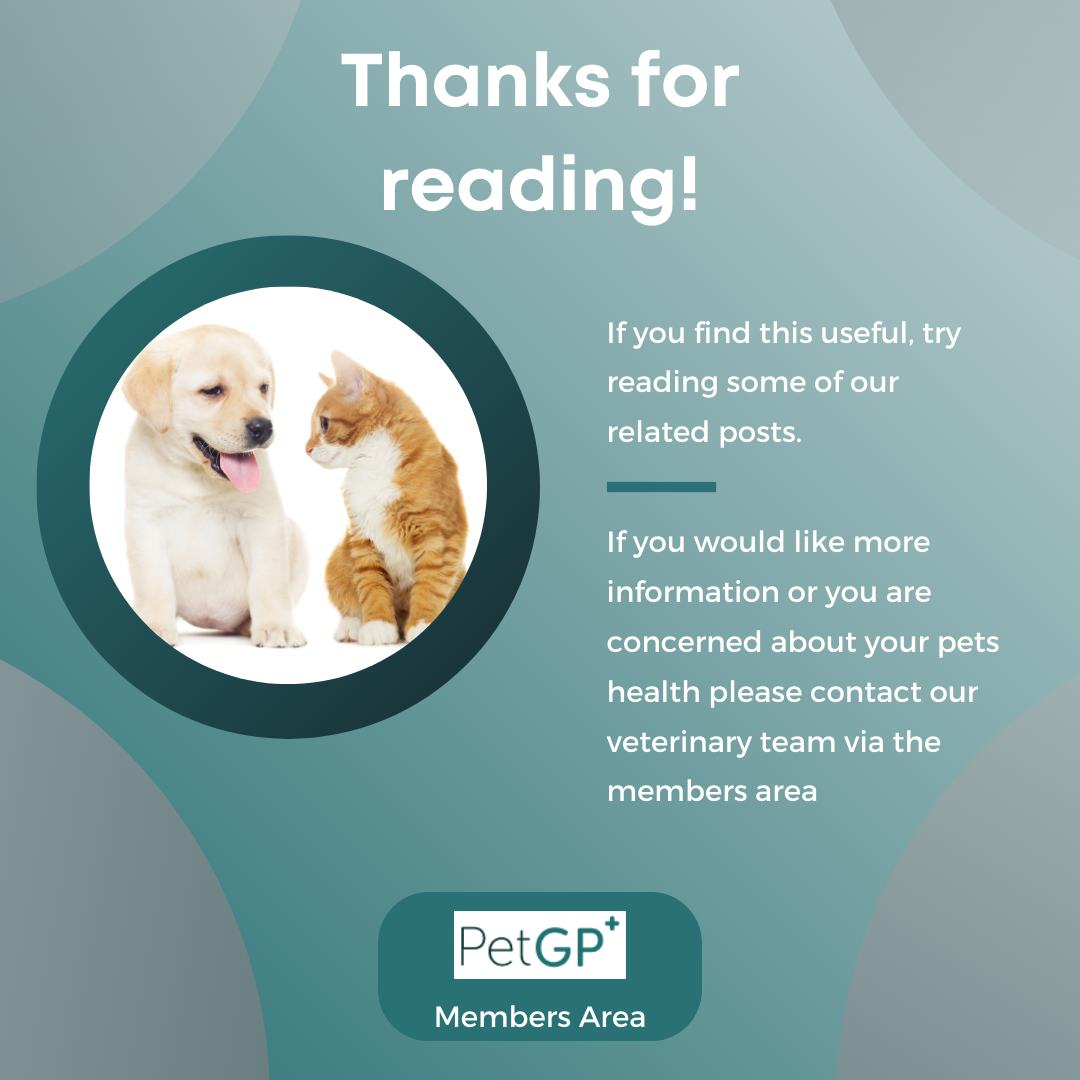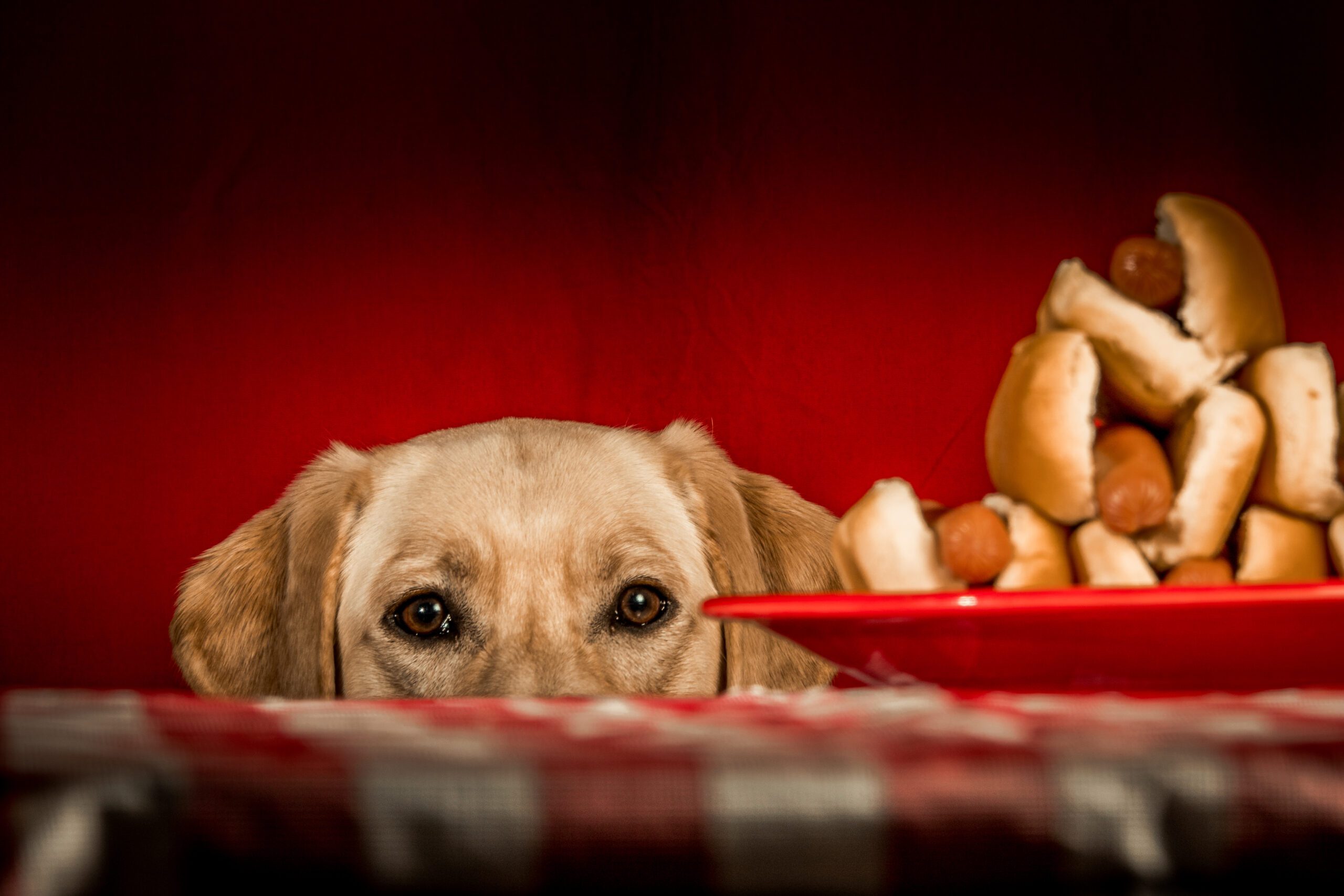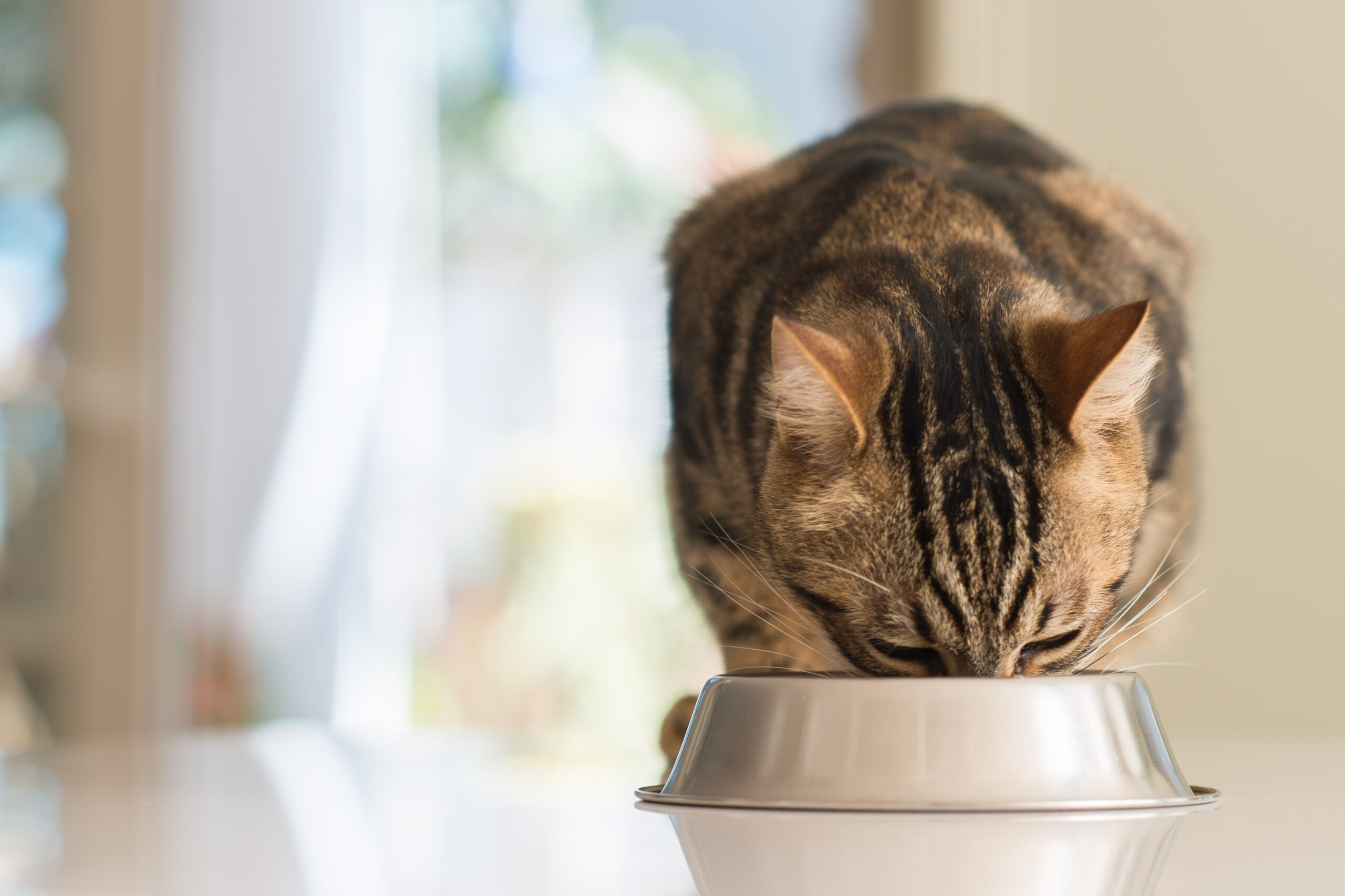Raw feeding in cats
Raw feeding has grown in popularity over recent years and its vital that you consider all the evidence before making a change to raw feeding. Currently there is limited scientific evidence for the benefits of raw diets. There are anecdotal reports and varying opinions, and more research is needed throughout the field. There are multiple important points to consider if raw feeding is to be attempted and we will discuss those here.
Raw feeding is described by the Pet Food Manufacturers Association report, 2017 as the feeding of foods such as raw meat, offal, and bone as well as vegetables, nuts, oils, fruits and seeds.
This is commonly known as a BARF diet or Biologically Appropriate Raw Food. This food has not been heat processed before being fed to your cat. These foods can be either via a homemade or commercially prepared diets available from pet suppliers and pet shops. Commercially prepared options are sold as frozen or freeze-dried raw foods. These are either a sole or “complete” food source or as a “complimentary” option fed alongside another food source. Complimentary feeds are designed to be fed as part of a diet only and are not nutritionally balanced when fed alone. They should NEVER be fed as the sole source of nutrition to your cat.
Considerations when raw feeding cats
Contamination
Recent scientific studies have shown that a high number of raw meat diets (both commercial and homemade), are contaminated with bacteria. Some bacteria are likely to have no ill effect on your cat. There are wider implications for human health as some may have serious consequences.
It has been shown that owners handling Salmonella contaminated cat food are at a high risk of infection themselves. This is also true for those in contact with cats eating this contaminated food. It was found that 80% of commercial raw diets contained Salmonella. Of the pets fed these diets 30% were actively shedding salmonella in their stools. Your cat may not have any signs of ill health but there is a health responsibility to the wider population. Bacterial infections such as E.Coli, Listeria and salmonella pose a human health risk. Human grade meat and animal by products may still be contaminated with harmful bacteria.
The US Food and Drug Administration’s centre for veterinary medicine conducted a study that led them to advise against all raw feeding in the USA . A different study showed there was an increased risk to cat owners who raw feed from parasitic infections such as Toxoplasmosis.
Dental Health
There are anecdotal reports of improved dental health in cats fed raw diets. However, no evidence or clinical studies have been able to confirm this. There is significant evidence that feeding a specialised dental diet can reduce dental disease and improve oral health in your cat. With your cat it’s also important to bear in mind any breed differences which may also influence dental health.
Skin
Anecdotal improvements in skin and coat health in raw fed cats have been reported. There are no studies proving any scientific effect of raw feeding on skin or coat health. Some studies have shown links between dry commercial pet foods and storage mites, which are found naturally in dry stores. Storage mite allergies can occur in cats. Its reasonable to assume that raw feeding would remove this risk in cats affected. If there are any known or suspected allergies in your cat it is best to discuss this with your cat’s vet.
Nutrients
When feeding your cat, it’s important to remember the importance of a balanced and complete diet for their life stage. This ensures that they get all the nutrients they need without leading to any deficiency. Feeding raw can be difficult to achieve this especially if feeding a homemade diet.. The pet food manufacturers association in the UK provide guidance for commercial manufacturers. This ensures all your cat’s nutritional needs are being met. There are case studies of pets developing health problems linked to nutritional risks in raw feeding so its vital to ensure they receive a balanced compete diet.
Best Practice guidelines for raw feeding
Current best practice advice in the UK for raw feeding, as advised by the British small Animal Veterinary association includes:
- Diets should be prepared by a professional trained in commercial pet food manufacture.
- Diet should be formulated by and in consultation with individuals trained in animal nutrition to a senior level.
- Anyone considering a home prepared raw diet should only do so using a recipe overseen and approved by a member of a veterinary nutrition body.
In the UK (according to DEFRA) any pet food manufacturer wanting to achieve their approval for sale must follow stringent guidance. This includes regulating the transport, storage and processing of the ingredients and food. They must use human grade by products (meat, offal, game or fish). They must also conduct laboratory batch testing for bacterial contamination and issue product recalls if issues are identified.
These checks mean that any raw pet food manufacturer registered by DEFRA is subject to stringent oversight. This is an important factor to consider when choosing whether to feed your cat a raw diet





